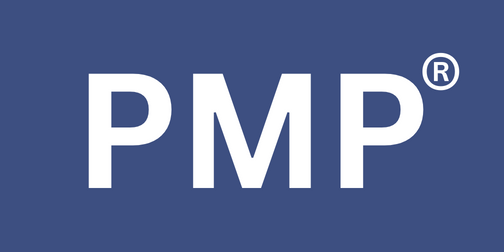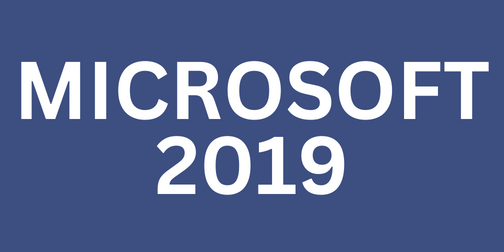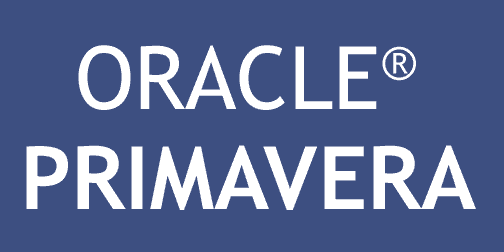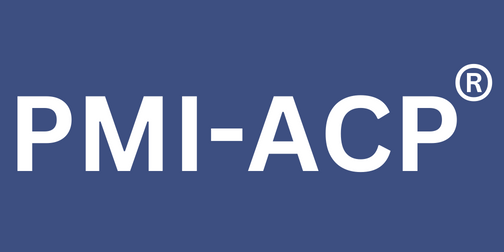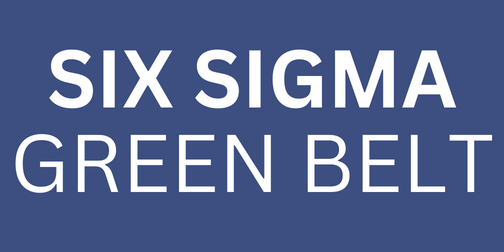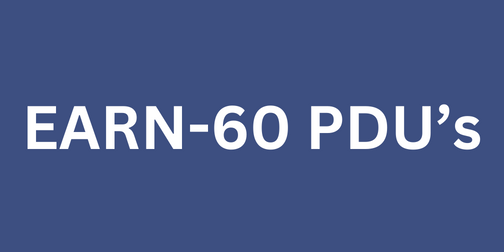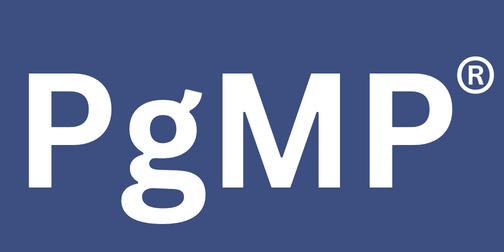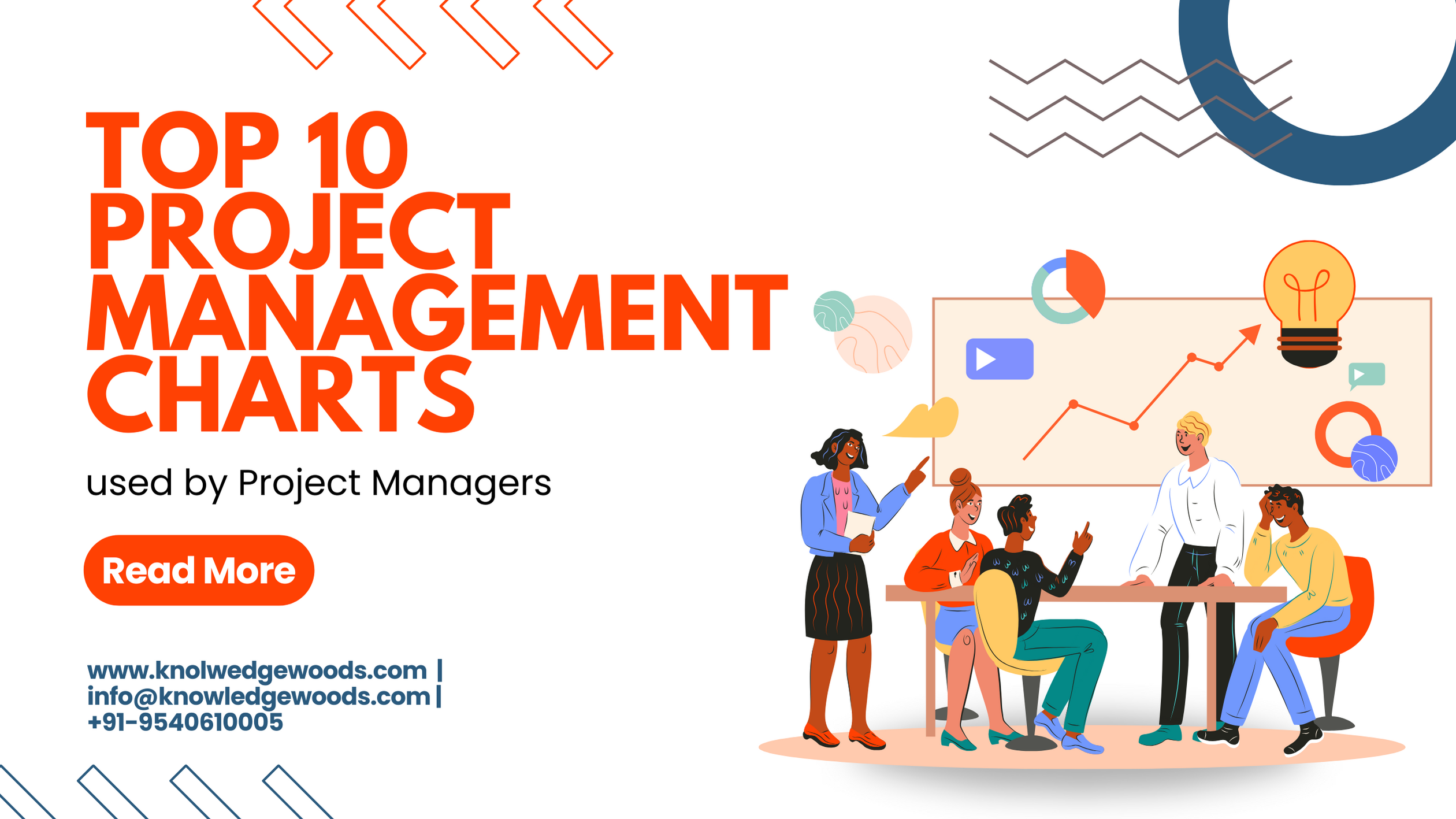
Top 10 Project Management Charts used by Project Managers
Posted On September 28, 2023 - 11:18 AM
Being intelligent, truthful, diligent, and multi-talented are prerequisites for project management success. Applying the appropriate project management tools and procedures is a different trait necessary for you to succeed as a project manager. The Project Manager’s responsibility is to use the charts according to the team’s needs.
Data visualisation tools are critical resources you may utilise to manage your tasks properly. Through charts, these tools give you insightful information about your projects and assist you in steering them in the proper direction while assuring higher-quality deliveries.
Project managers can effectively plan, schedule, and monitor the progress of projects of all sizes with project management charts. There are various project management charts for each stage of the project life cycle.
To make project planning easier, project managers are fortunate to have a wide range of options when selecting a project management chart. Project managers frequently need to use those charts. The cornerstone of your project, your project plan, must be constructed using a Gantt chart, work breakdown structure or many more.
What are Project Management Charts???
Project management charts turn complex concepts in project management into assets that are simple to understand. They might be flowcharts, pie charts, or bar charts typically used for project planning. Examples of excellent diagrams include Gantt charts, PERT charts, CPM diagrams, and WBS diagrams.
Project management charts are beneficial when conveying complex project planning information. They use data visualisation to make complex ideas like your project schedule or scope understandable for the project management team and stakeholders.
When connected to real-time project management software, data from project planning charts are much more helpful. A static chart can be transformed into a dynamic tool for planning, carrying out, and reporting using the software.
Why are Project Management Charts Important?
Project Management is essential because project managers have to monitor a modest set of data during the working time to make it live of simple and small-scale initiatives. They must track increasing data as the projects become more sophisticated. Project management charts are handy in situations like these.
The main Benefits of using Project Management Charts are:
-
You can quickly and easily examine and extract important project data from them.
-
You may more easily assess project data with these charts, which methodically arrange data.
-
You can save much time while using these tools in your projects for back-and-forth movement to get project data.
-
You can also stay informed about project developments.
-
You can encourage teamwork.
-
You can gain a better understanding of the project.
-
You can track projects quickly and effectively.
-
Help the project planning by improving and dealing with unforeseen problems.
Top 10 Project Management Charts by Project Managers
Choosing your project management approach before deciding which project management chart is ideal for you is crucial because there are distinctions between waterfall and agile project planning.
Additionally, it's vital to keep in mind that you'll require a variety of project management charts since each one serves a particular purpose in project planning, such as developing a project timeline, allocating project resources, scheduling project work, and more.
The top 10 project management charts for project planning are listed here so you can choose which is ideal for your project.
1. Gantt charts
The Gantt chart is well-known to seasoned project managers. The project timetable is displayed on a timeline with a dynamic bar chart. Despite being a simple tool, Gantt charts have evolved and now provide appealing features like task dependencies that indicate when one work is connected to another.
Unquestionably, the most popular project management charts used by modern firms and managers to oversee their projects are Gantt charts. Your project’s timeline can be seen in a Gantt chart. It enables you to see the relationships between how various project tasks and activities fit into the bigger picture of the project's timetable.
Many popular online project management tools today help you keep track of all your tasks. The ease of use and opportunity for team collaboration offered by online Gantt chart tools is their most vital feature.
You may schedule and assign tasks, establish task dependencies, link task milestones to projects, and track progress using online Gantt charts. Additionally, you can figure out a project's critical path, which enables you to predict how long the project will take.
You may boost your team's efficiency by subtly arranging all the crucial project data in one location using Gantt charts. The critical path approach can also be used to manage your projects utilising these charts (CPM).
The benefits of using Gantt are as follows:
• Gives a high-level picture of a timetable. This is an evident benefit and distinction, particularly when contrasting the Gantt chart and Kanban.
• Aids in keeping track of time and keeping an eye on project-wide activities, goals, and targets.
• Enables resource management.
• Makes juggling several challenging projects easier.
• Aids in setting reasonable deadlines.
• Encourages reasonable expectations because it displays the hierarchy of tasks that must be accomplished.
• Enables teams to monitor what's occurring and what isn't.
• Simplifies complex information for management.
2. PERT Chart
PERT charts are yet another well-liked project management tool frequently used for planning, managing, and keeping track of project tasks. Program Evaluation and Review Technique, or PERT, is one of the most well-known project management approaches and is utilised in many industries.
A PERT chart uses a network diagram to show the project's activity and critical dates. It's interesting to note that the PERT and CPM methodologies are frequently used in tandem to manage projects because they have many things in common.
The main distinction between the two methods is that CPM is best suited for managing project activities with fixed durations, whereas PERT excels at handling activities with varying durations.
The benefits of a PERT chart include:
•Offers a graphical representation of project activities, making it easier to comprehend how they relate.
• Enables project management at the operational and tactical levels.
• Enables the planning of extensive and complex projects.
• Offers the ability to see a vital path.
• Enables analysis of each user's activity.
• Aids in departmental coordination.
• Enables examination of "What if" scenarios.
3. Work Breakdown Structure (WBS)
The work breakdown structure is an organised method for breaking a project into more manageable chunks. Level 1 of the WBS chart typically contains the primary tasks. The Level 1 tasks are then broken down into smaller tasks and listed in reverse order.
The WBS effectively streamlines project management despite no statistics or numbers to show. It enables orderly project execution and ensures effective resource management.
The benefits of using a WBS are as follows:
-
Offers a graphic showing the complete span.
-
By assigning work estimates to particular portions enables rapid timetable development.
-
Provides a tried-and-true method for project planning.
-
Facilitates team brainstorming sessions and enhances teamwork.
-
Assures that important deadlines are not overlooked.
-
It offers a means to compute project costs.
-
Increases openness and responsibility.
-
Aids in more accurately identifying dangers.
4. A flow chart.
Managing projects with several procedures and a convoluted activity flow are challenging. When working on complex projects, a flowchart is the finest tool for streamlining these tasks and easing your workload.
A flowchart is a graphical depiction of the project workflow, in case you didn't know that previously. Between the beginning project's beginning and conclusion, numerous procedures are included.
Arrows, boxes, and figures of various shapes depict the progression of events and how their heir relation way to outline the reasoning behind your initiatives and communicate it to others—such as team members, clients, stakeholders, etc.—is through flowcharts.
An overview of the project's goals and the events that will take place during its many phases and events may be found in a flowchart.
The benefits of using a Flowchart are as follows:
• Giving a system overview and demonstrating the connections between different stages.
• Encourages sound reasoning.
• Aids in troubleshooting.
• Aids in determining when processes are logically tricky.
• Describes the role that is played at each stage.
• Makes sure that all logical paths will be followed;
• Prevents future annoyances.
5. Cause and Effect Diagram
Solving problems is one of the primary duties of project managers in practically all organisations. Managers must identify the root causes of any problems or issues that arise during the project's development and take appropriate remedial action to solve them.
Managers can identify all probable causes of a particular prob using a Cause-and-effect diagram. The diagram, in general, offers details on many factors and their impacts that may result in issues with a project.
It is crucial when designing a cause-and-effect diagram to include all potential causes of a problem; otherwise, fixing the issue during actual project development would be challenging.
Managers typically use the Cause and effect diagram in the early stages of projects to increase their success rate and resolve difficulties more quickly. Conducting brainstorming sessions that can provide original ideas is also helpful.
The benefits of using Cause and Effect Chart are as follows:
• Clearly and logically displays relationships.
• Offers a thorough study of the underlying causes.
• Enables observation of the interplay of causes.
• Presents an unbiased view of the genesis and evolution of safety-related problems.
• Aids in maintaining a team focus.
• Encourages the solution of issues.
• Assists in comprehending underlying causes.
• Facilitates thinking and helps create thorough risk controls.
6. Bar Graph
Because they are straightforward, adaptable, and simple to understand, bar charts are widely used in project management. In project management, these charts are used to visualise a wide range of project data, including the number of completed and pending tasks and billable and non-billable work hours.
In a conventional bar chart, one axis represents the many categories that will be compared, while the other represents the comparison parameter. The horizontal bar charts are more common, though the bars can also be drawn vertically.
When managing a project, you should show some statistics, such as how your team divides their work hours among various projects. You can easily retrieve crucial information about your project using bar charts.
The benefits of using a bar chart are as follows:
• Offers simple-to-read scales and figures.
• Provides an easily understandable summary of many facts.
• Makes trends more clear than tables do.
• Aids in data set comparison.
• Quickly calculates significant values.
• Makes it possible to verify the precision of calculations visually.
• Adaptable to a range of fields and businesses.
• Allows for straightforward calculations.
7. Pie Chart
Additionally straightforward and often used in project management pie charts. Similar to bar charts, they are adaptable and may show various project data. These circular charts function as the perfect tool for data segmentation.
The primary objective of utilising a pie chart is to show the numerical proportions of various categories that together make up a whole. This kind of graphic is one of the most fundamental data visualisation tools for managing multiple with different multiple complexities.
This graph is helpful to project managers since it shows the numerical proportions of several categories that together make up an overall whole. It is appropriate for tasks of various complexity levels.
The benefits of using a Pie chart are as follows:
• It offers a clear and understandable picture.
• Represents data as a small portion of a larger total.
• Provides a visual summary of a sizable data set.
• Facilitates speedy analysis and understanding of information.
• Permits modifying data to highlight points you want to make.
• Aids in determining the underlying numbers.
• Produces a visual representation that may be applied to data set comparisons.
8. Control Table
Control Tables are the most effective way to track a specific project process. This style of project management chart is well-liked for noticing any irregular shift in the behaviour of the process, making it easier to spot issues at the very beginning.
The stability of a process can be accurately assessed using control charts. You may ensure that the project runs as smoothly as possible with the fewest potential obstacles by assuring the stability of the various project processes.
A control chart resembles a graph with a centre line representing the average process output and upper and lower control limits. The process behaviour is deemed acceptable if the graph line stays within upper and lower control limits. If the graph line comes in contact with or passes the market control limits, the process behaviour has worsened.
The benefits of using a Control chart are as follows:
• Understanding how processes vary,
• Recognizing trouble signs, and
• Taking corrective action.
• Lets you look for patterns among the plotted points. These patterns reveal reasons which might guide the search for potential remedies.
• Aids in performance projections into the future.
• Facilitates the generation of fresh concepts for raising quality based on analysis.
9. Risk Matrix
Project managers strive to either seize these unanticipated possibilities or lessen the impact of issues on the project. Risks can be both beneficial and unpleasant. When planning a project, a risk matrix is used to identify hazards and make plans for resolving them as they become problems.
Based on past events and data, the risk matrix highlights potential risks. The matrix represents the possibility of the risk occurring in the project and the impact it will have if it does. Based on likelihood and seriousness, risks are grouped.
The benefits of using a bar chart are as follows:
-
This tool aids project managers in managing risk within a project.
-
The project team and stakeholders are also informed of the risks that could develop into problems in the project.
-
This enables teams to identify these problems and find solutions fast.
10. Burndown Chart
A burndown chart is a tool used in agile project management to highlight the project team's progress through client user stories and the features that are currently under development. The end-viewpoint users are used in these descriptions. The burndown graph depicts the team's effort for the entire sprint.
The work that has to be done on a vertical axis is displayed. Horizontally, the amount of time since the project's start is displayed. This shows the past and the future so that everyone may understand their position. To maintain its accuracy, the burndown chart is updated frequently.
The first is used for sprints, or quick iterations, when their agile team focuses on user stories, while the second is a product burndown chart. In contrast to the former, which depicts the work still to be done, the latter illustrates the project as a whole.
The benefits of using a Burndown chart are as follows:
-
Portray what your Agile team has accomplished, what it still needs to complete, and whether it is on track to fulfil its deadlines.
-
They can instantly notify you of any future issues or traffic jams. When a chart reveals a plateau, it's obvious where more effort has to be made to get a project moving again.
-
Burndown charts are another effective motivational tool. They display the work that needs to be done and your team’s progress.
Conclusion:
In summary, project management charts can be used to manage the development stages of a project systematically. These charts' information is simple to understand and helpful in completing assignments successfully.
You may simplify your life as a manager by utilising various project management chart types based on your preferences. Managers frequently use the charts presented in this article to increase the calibre of their project work and guarantee on-time delivery.
Your final product will be significantly impacted by the calibre of the data supplying your charts and the tools you employ to construct them. Teamwork is necessary for gathering data for housing projects and transforming that data into the graphics you need to keep teams on track.
Please feel free to visit the Knowledgewoods website if you want to learn more about the tools and approaches that project managers prefer to use. Moreover, we provide proper training to Project Managers to perform well in the organisation.












